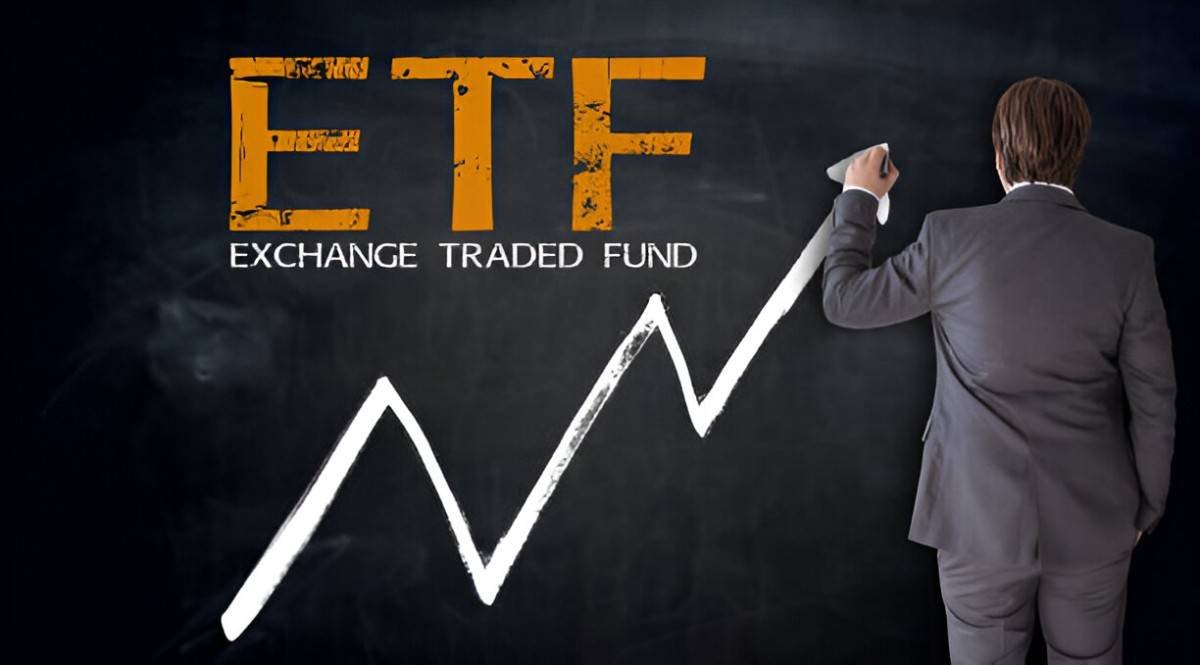As an investor, I constantly evaluate different investment vehicles to optimize returns, minimize costs, and maintain tax efficiency. Two popular options—active ETFs and mutual funds—offer distinct advantages and trade-offs. In this analysis, I compare their structures, costs, tax implications, liquidity, and performance to help determine which might be a better fit for my portfolio.
Table of Contents
1. Structural Differences: How They Operate
Mutual Funds
- Pricing: Traded once per day at the net asset value (NAV) after market close.
- Redemption Mechanism: Investors buy/sell shares directly from the fund company.
- Active Management: Portfolio managers select securities to outperform a benchmark.
Active ETFs
- Pricing: Trade intraday on exchanges like stocks, with prices fluctuating throughout the day.
- Redemption Mechanism: Market makers create/redeem shares in large blocks (in-kind transactions).
- Active Management: Unlike traditional passive ETFs, these employ stock-picking strategies.
Key Takeaway:
- Mutual funds are better for investors who prefer end-of-day pricing.
- Active ETFs offer intraday liquidity, making them more flexible for traders.
2. Cost Comparison: Expense Ratios and Hidden Fees
Expense Ratios
| Fund Type | Average Expense Ratio |
|---|---|
| Active Mutual Fund | 0.60% – 1.50% |
| Active ETF | 0.40% – 0.90% |
Why Are ETFs Cheaper?
- Lower operational costs (no need for shareholder servicing teams).
- In-kind redemptions reduce capital gains distributions.
Additional Costs
- Mutual Funds: May charge load fees (front-end or back-end).
- ETFs: Bid-ask spreads and brokerage commissions (though many are now commission-free).
Example:
If I invest $100,000 in:
- An active mutual fund with a 1.00% fee, I pay $1,000/year.
- An active ETF with a 0.70% fee, I pay $700/year.
Over 20 years, assuming 7% annual returns, the difference compounds to ~$10,000 in savings.
3. Tax Efficiency: Which Is Better?
Capital Gains Distributions
- Mutual Funds:
- Frequent buying/selling triggers taxable events.
- Shareholders bear capital gains taxes even if they didn’t sell.
- Active ETFs:
- In-kind redemptions minimize taxable distributions.
- Taxes are deferred until I sell my shares.
Example:
- A high-turnover mutual fund might distribute 5% capital gains annually, increasing my tax bill.
- An active ETF with similar turnover may generate little to no taxable distributions.
Tax Drag Over Time
After-Tax\ Return = Gross\ Return \times (1 - Tax\ Rate)
If a mutual fund has a higher tax drag, its after-tax returns could be 1-2% lower than an ETF.
4. Liquidity and Trading Flexibility
| Feature | Active Mutual Fund | Active ETF |
|---|---|---|
| Trading Window | End-of-day | Intraday |
| Settlement Time | T+1 (next day) | T+2 |
| Ability to Use Limit Orders | No | Yes |
Why This Matters:
- If I need to exit a position quickly (e.g., during market volatility), ETFs offer more control.
- Mutual funds are better for dollar-cost averaging (DCA) since they trade at NAV.
5. Performance: Do Active ETFs Outperform Mutual Funds?
Historical Data
A 2023 Morningstar study found:
- 59% of active ETFs outperformed their mutual fund counterparts over 5 years.
- The outperformance was mostly due to lower fees rather than superior stock picking.
Possible Reasons:
- ETFs avoid forced redemptions (mutual funds must sell holdings to meet withdrawals).
- Lower costs improve net returns.
Tracking Error in Active ETFs
Some active ETFs deviate from their benchmarks more than mutual funds. The tracking difference can be calculated as:
Tracking\ Difference = (ETF\ Return - Benchmark\ Return)A higher tracking difference suggests the ETF is taking more active risk.
6. Which One Should I Choose?
When to Prefer Active Mutual Funds:
✔ Automated investing (e.g., 401(k) plans where ETFs aren’t always available).
✔ Less concern about intraday trading (long-term buy-and-hold).
✔ Access to institutional share classes (lower fees for large investments).
When to Prefer Active ETFs:
✔ Tax-sensitive investors (lower capital gains distributions).
✔ Traders who want intraday liquidity.
✔ Cost-conscious investors (lower expense ratios).
A Hybrid Approach
I might use:
- Active ETFs for tax efficiency in taxable accounts.
- Active mutual funds in tax-advantaged accounts (IRAs, 401(k)s).
Final Thoughts
After comparing both options, I find that active ETFs generally offer better cost efficiency, tax advantages, and flexibility compared to traditional mutual funds. However, mutual funds still have a place in retirement accounts and automated investing.
The best choice depends on my investment goals, tax situation, and trading preferences. By understanding these differences, I can make a more informed decision that aligns with my financial strategy.





